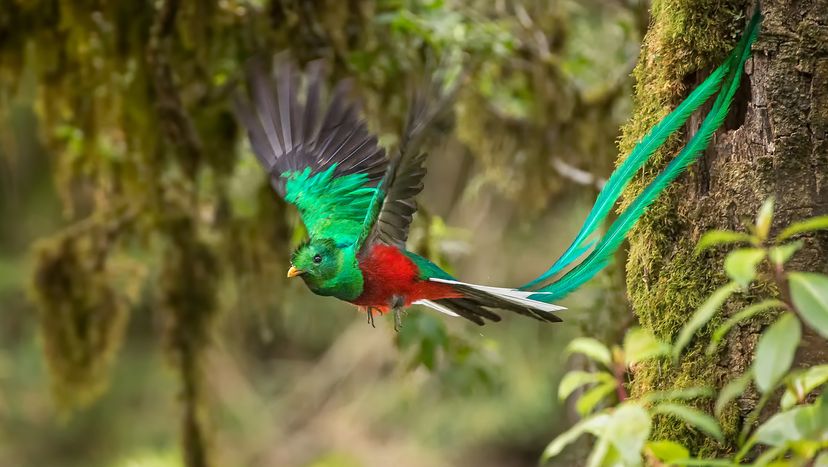
Key Takeaways
- Quetzals are vibrant birds from Central and South America, with the resplendent quetzal being the most famous species, often associated with the feathered serpent god Quetzalcoatl in Mesoamerican culture.
- These birds live in humid, tropical forests, with the resplendent quetzal, which is considered sacred by the Aztec and Mayan cultures, residing in cloud forests.
- Quetzals face habitat loss and are known for their long tail feathers, especially during mating season.
The quetzal is a colorful, tropical bird that has fascinated humans for thousands of years. One species in particular, the resplendent quetzal, is thought to have inspired Quetzalcoatl, the Mesoamerican feathered serpent god.
Read on to learn more about these beautiful birds that live in the rainforests of Central America and South America.
Advertisement
Advertisement
